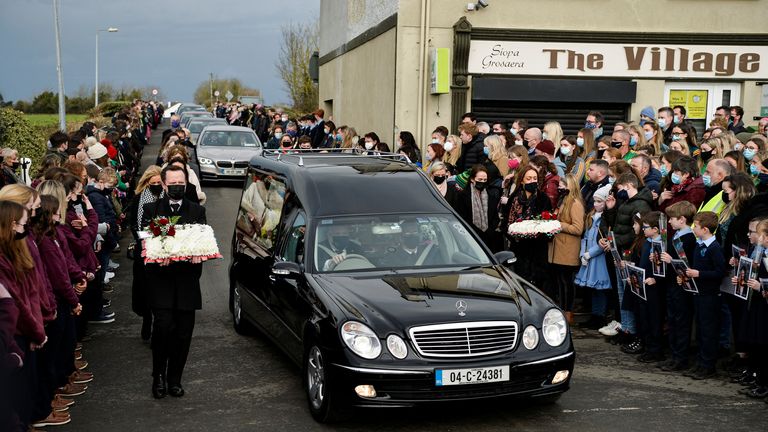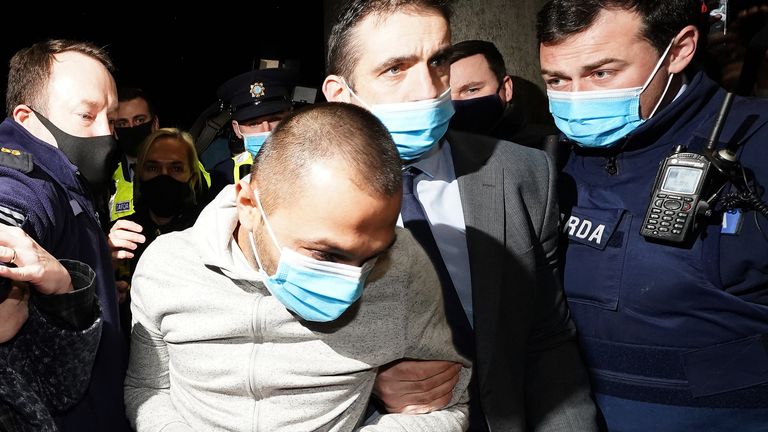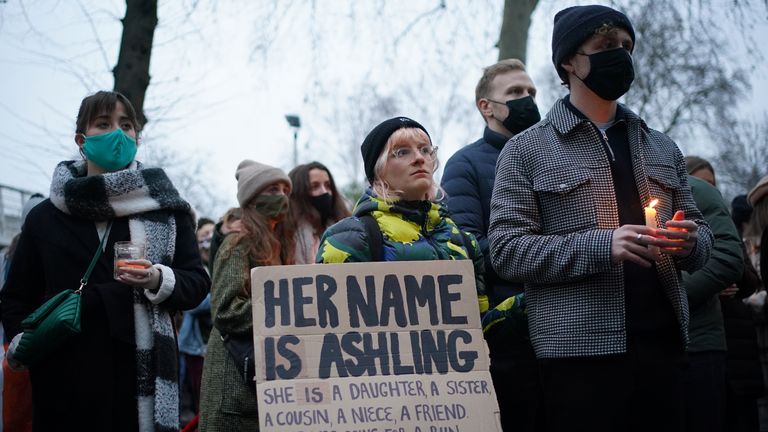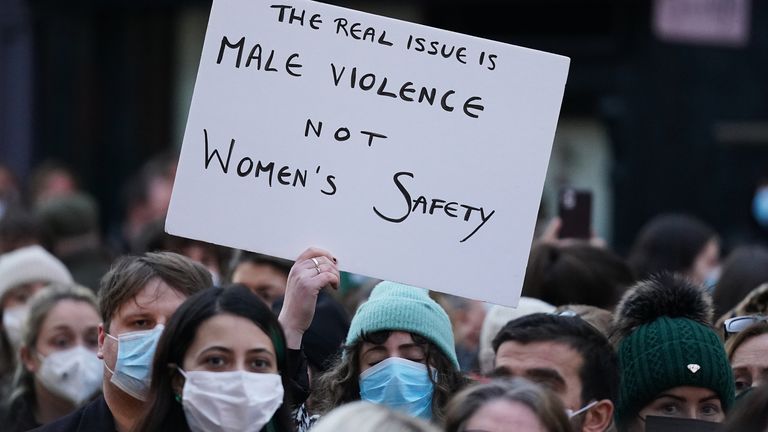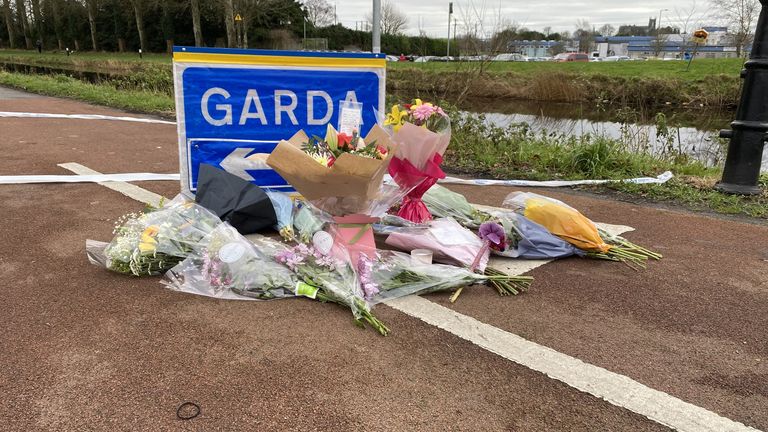She was just going for a run.
A phrase, and then a hashtag, that was forced into the Irish national lexicon in January 2022 with the murder of yet another bright young woman.
The savage killing in broad daylight of effervescent teacher Ashling Murphy, as she jogged along the Grand Canal in Tullamore, Co Offaly, led to a period of national soul-searching that echoed the fallout from Sarah Everard’s murder in the UK a year earlier. Ms Everard had just been walking home.
The parallels were clear. People took to the streets, social media was dominated for days by the story. Male violence against women “had to stop”, but no one seemed sure how to arrive at that outcome. Anger tinged with helplessness.
Hundreds of people attended a vigil in Camden, north London to pay tribute to Ms Murphy, who was killed just three months after Wayne Couzens was jailed for life for the rape, kidnap and murder of Sarah Everard.
Across Ireland, thousands turned out at rallies and vigils.
Traditional Irish music played softly at a tearful candlelit vigil in Tullamore. Ms Murphy had been a talented fiddle player.
Her father Ray played her favourite song When You Were Sweet Sixteen on the banjo.
“She was just the sweetest girl,” he said. “A little angel… a brilliant girl in every sense of the word.”
His little angel was stabbed 11 times in the neck in broad daylight in her hometown. Nobody will ever really know why.
Ms Murphy’s voicebox was severed. Her long blonde hair was soaked in her blood – twigs and brambles entangled within.
The Gardai, Ireland’s police service, vowed to “leave no stone unturned” in bringing the killer to justice.
Today’s conviction of 33-year-old Slovakian man Jozef Puska fulfils that vow and brings some closure to the homicide of Ms Murphy.
It will do little to make women across Ireland feel any safer.
“Male violence against women and girls needs to stop now,” declared Sinn Fein’s Michelle O’Neill in the wake of Ms Murphy’s death.
That was a futile wish.
Read more from Sky News:
Irish woman who went missing after Hamas attack confirmed dead
Taoiseach weighs in after black gymnast denied medal
The women killed since Ms Murphy’s death
Some 18 women have been killed violently in Ireland since Ms Murphy’s death, according to the Femicide Watch run by the charity Women’s Aid.
They are not nameless statistics.
Sandra Boyd, Mary (Maura) Bergin, Ruth Lohse, Louise Mucknell, Lisa Thompson, Larisa Serban, Miriam Burns, Lisa Cash, Ioana Mihaela Pacala, Emma McCrory, Sharon Crean, Bruna Fonseca, Maud Coffey, Geila Ibram, Catherine Henry, Anna Mooney, Deepa Dinamani and Lorna Woodnutt Kearney.
All dead. All were killed violently.
It’s a grim irony that Lorna Kearney – the latest addition to the list – was also killed in Tullamore, like Ms Murphy.
That was in September. A teenage boy was charged with her murder last month.
Ireland’s ‘vanishing triangle’
It’s another widely-publicised irony that Ms Murphy was killed on a stretch of the Grand Canal which is named Fiona’s Way after another local woman, Fiona Pender, who went missing in 1996.
Six women have disappeared in five years from an area known as Ireland’s “vanishing triangle” – and none have ever been found.
It’s almost as if the femicides are piling up, overlapping each other in Venn diagrams of devastation and misery.
Every single woman can be prey
The angst at Ms Murphy’s death evolved into a national reckoning over the violence perpetrated against women, and became especially fiery on social media forums.
Amid the anger, a narrative pitted men against women.
“Not all men” was the retort from outraged social media users who have never had to clutch keys between their fingers or share a live location for a short walk home in the dark.
The simple truth is that of course not all men are evil predators. But every single woman can be prey.
And the almost intangible threat of violence influences daily decisions that women take, and can be reflected in the most mundane of ways.
Like many runners, Ms Murphy wore a Fitbit. It showed her exercise starting at 2.51pm that day along the canal.
By 3.21pm, the watch was showing “erratic, violent movements”.
At 3.31pm, the FitBit was no longer recording any heartbeat for Ms Murphy.
Femicide caught on Fitbit.
She was just going for a run. She didn’t even last an hour.



